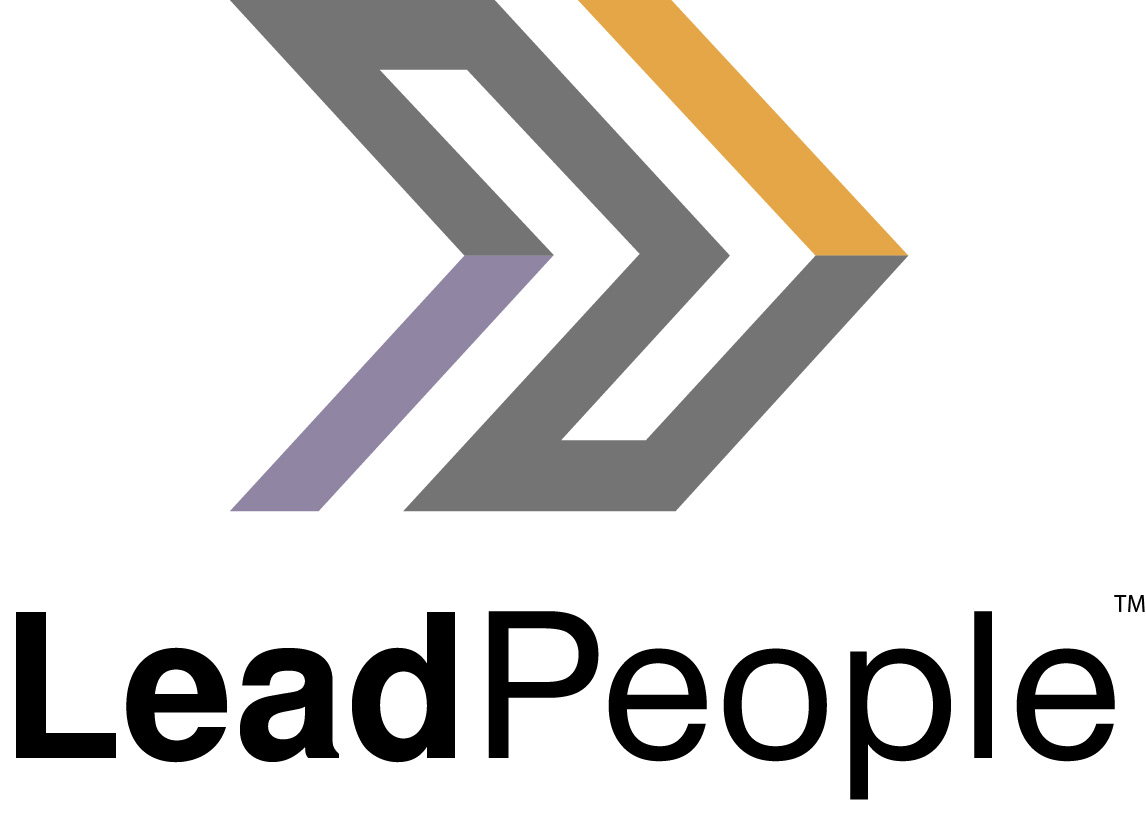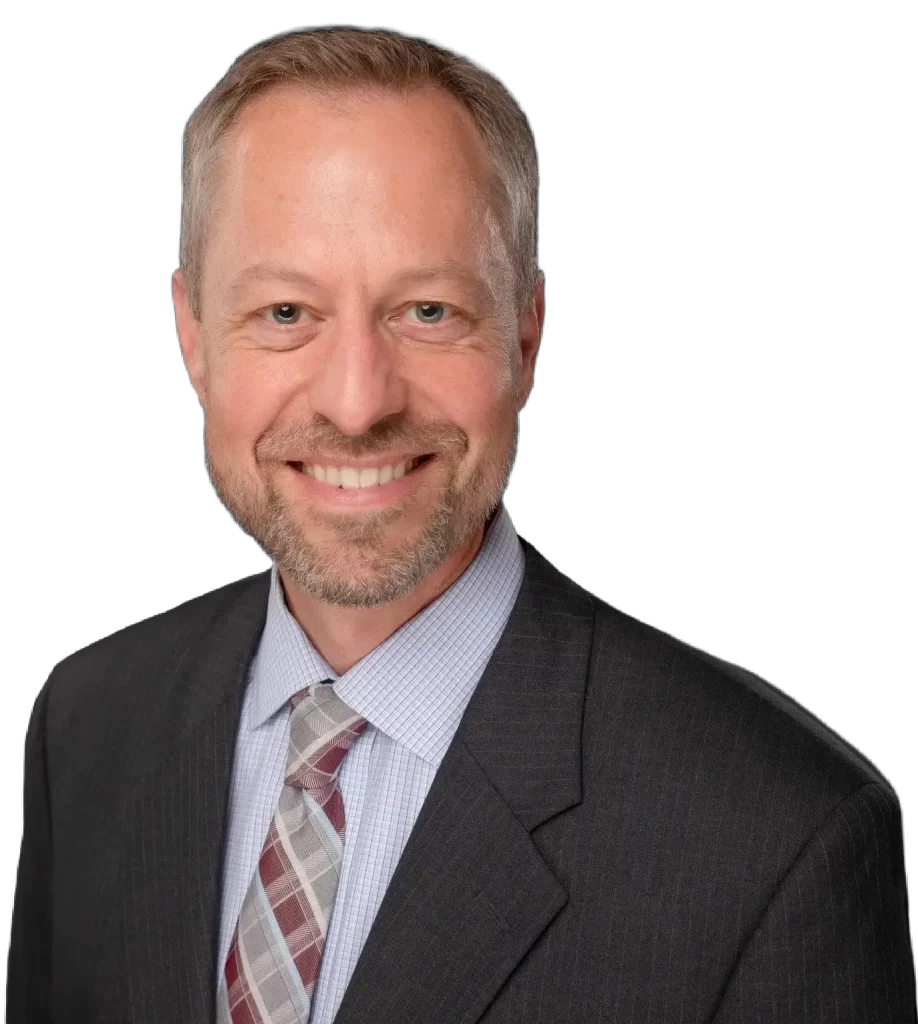
I recently overheard an executive complaining. “Who needs leadership theory? We need to deal with reality!”
It’s true, leadership philosophies and models can be so theoretical that they’re difficult–if not impossible–to translate in practical leadership behavior.
The REAL Leadership Framework is designed to be both practical and theoretically sound.
Here’s a case study from an executive coaching interaction I had recently.
It all began last week when I was working with a leader who was trying to decide what to focus on.
“What matters most? What do you think I should focus on?”, she asked. Mind you, this leader was good…very good. She didn’t have all that much that she “had” to work on. But she wanted to be the best leader she could be. She wanted to do it all:
- Have a bold vision of the future
- Develop her people to be outstanding
- Empower people to own problems and solutions
- Improve team dynamics
- Bring the enterprise into the future
- Collaborate cross-functionally
- Better connect the core product to customers’ needs
- Be a great listener
- Show courage
- Etc., etc.
This was clearly becoming a laundry list, but full of great stuff.
Her 360 feedback gave even more ideas about high-value targets for her development. Yet, her 360 was “getting stale” and becoming irrelevant to her current role. It was administered during a time of significant turbulence in her organization three months earlier. At the time, her boss was starting to “move the chess pieces.” New roles were being created, and three peers had been moved off the team. And given the turmoil, she had shown her stress with some frustrating peers. The timing of the 360-degree feedback couldn’t have been worse.
In addition to 360 feedback, she had also been thinking about insights from a new book she had started reading (i.e., Quiet: The Power of Introverts in a World That Can’t Stop Talking, by Susan Cain), which highlights the value of introverts in getting quality work done. She wanted to leverage those insights on her team, given that most were in tax, legal, and software development functions…and inclined to be more introverted.
To add even greater complexity, her new boss was interested in having her contribute to a new marketing campaign that leveraged social media. While she knew it would be interesting and potentially valuable to her own career, she felt like the learning curve would be steep, and not really what a VP should be doing. And it also wasn’t part of her vision.
To help her narrow her focus on key developmental targets, I decided to present the REAL Leadership Framework.
First, I first explained to her, the foundation of leadership is herself—she’s a unique and complex person in the role of leader. Within that foundation (the blue triangle in the graphic), I described how there are two parts broad to consider (basically, nature and nurture): her innate qualities she was born with (e.g., extroverted personality, raw intelligence, processing speed, ambitious drive and unending energy), and life experiences that have shaped her (e.g., financial experiences, formal education, experience with multinational corporations, etc). My main point was that she should understand herself better first–in order to become more effective as a leader. Only a small part of that triangle (the part at the top) was what she could change about herself. (Changing behavior is different than changing who you are.) I made it clear that she needed to consider herself as the raw ingredients of leadership: her authentic self, with her unique passions, abilities, strengths, weaknesses, hot-buttons, core values, motivations, etc. Essentially, self awareness is foundational of self development.
Next, I explained that when it’s all said and done, there are just two things that define extraordinary leadership:
- Getting Results that really matter, and having
- Energized Relationships (i.e., followers, friends, fans)
If you achieve both of those, I explained, you will be an extraordinary leader. Great relationships + great results = great leadership. It’s that simple.
In the middle of the Framework, I explained how it’s really all about her behavior–taking actions that add value. I call this the “How” part of the REAL Framework. I asked, “What Actions do you need to take that will engage and Energize people that also help you get the Results that really matter?” I helped her narrow down a small number of Actions concerning what Actions to Start, Stop and Continue.
- “I need to Start empowering people at a new level, so they own both the problems and the solutions.”
- “I need to Stop letting nice people off the hook when they don’t deliver. Our team needs greater accountability.”
- “And I need to Continue painting a compelling picture of the future, and inspiring people to go after the opportunities I see within reach.”
The final part of the Framework, which can be a bit more elusive, has to do with her Situational “Fit,” I explained. We know from the research literature that very successful leaders in one situation can fail miserably in another situation. They’re the same people (Leader) doing the same things (Actions), but not getting the Results or building Energized relationships. For her to be successful, she had to be more aware of her surroundings: the culture of the organization, the team dynamics on the executive team, and the roles and responsibilities of her position. “Are you the kind of leader who’s needed here and now?” I asked. “Absolutely” she quickly replied.
In this case, the REAL framework helped her get laser-focused on Actions that will accelerate her team’s performance that get results that matter. And by being more aware of authentic self and the realities of her situation, she was all set. She was becoming a REAL leader.
To register for a FREE hour of coaching, click here.




I am currently working on an essay for my MBA. And i am interested in using the REAL leadership Framework, however i am unable to find the origin of the theory or what it is about.
I am hoping that maybe you can point me in that direction
With kind regards
Vaughn